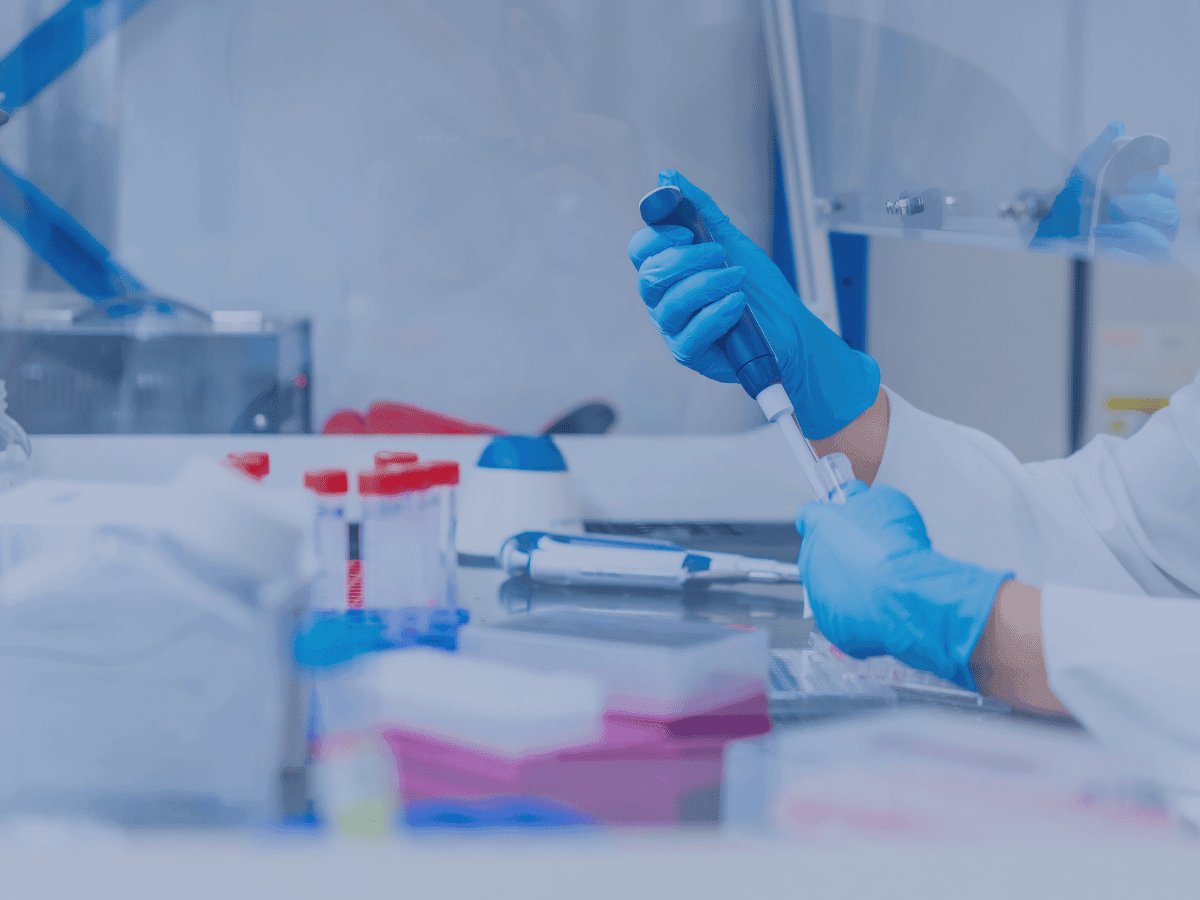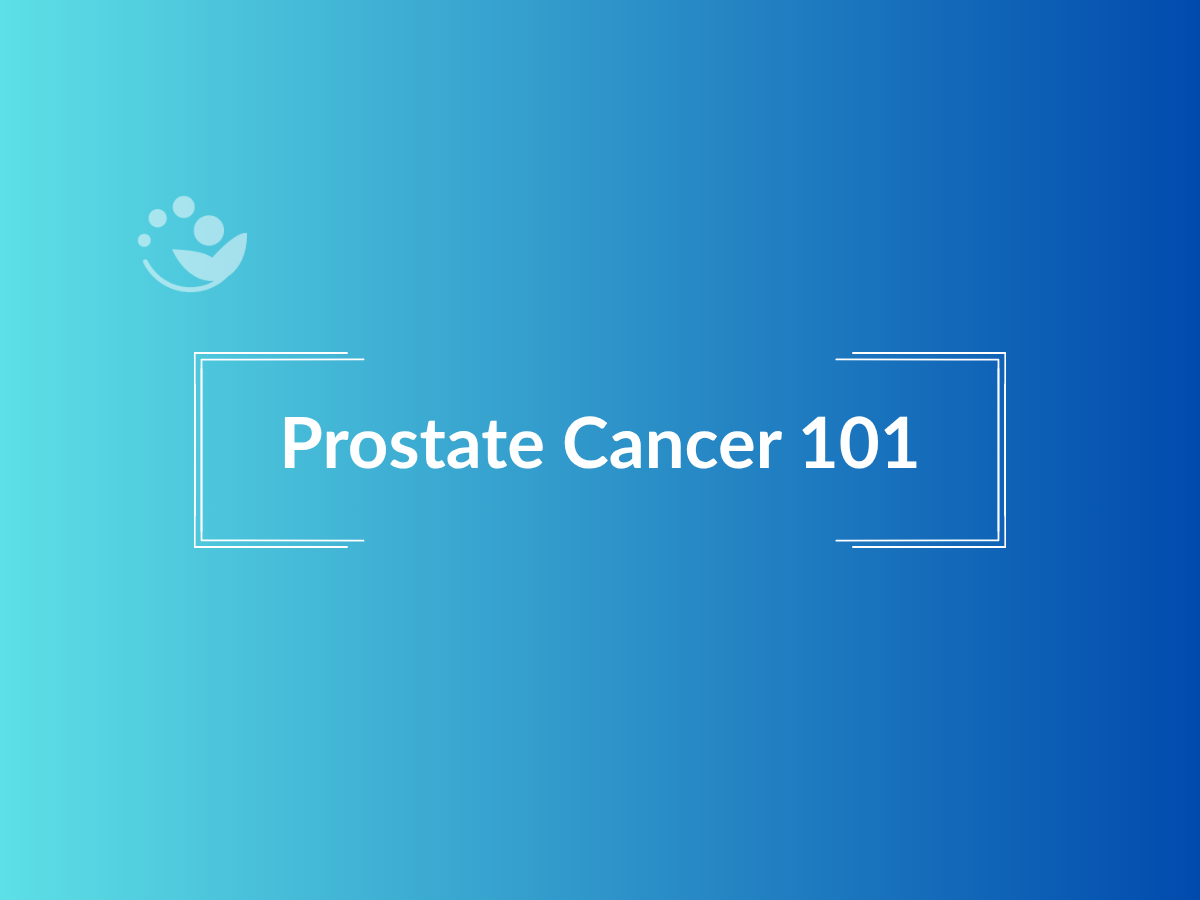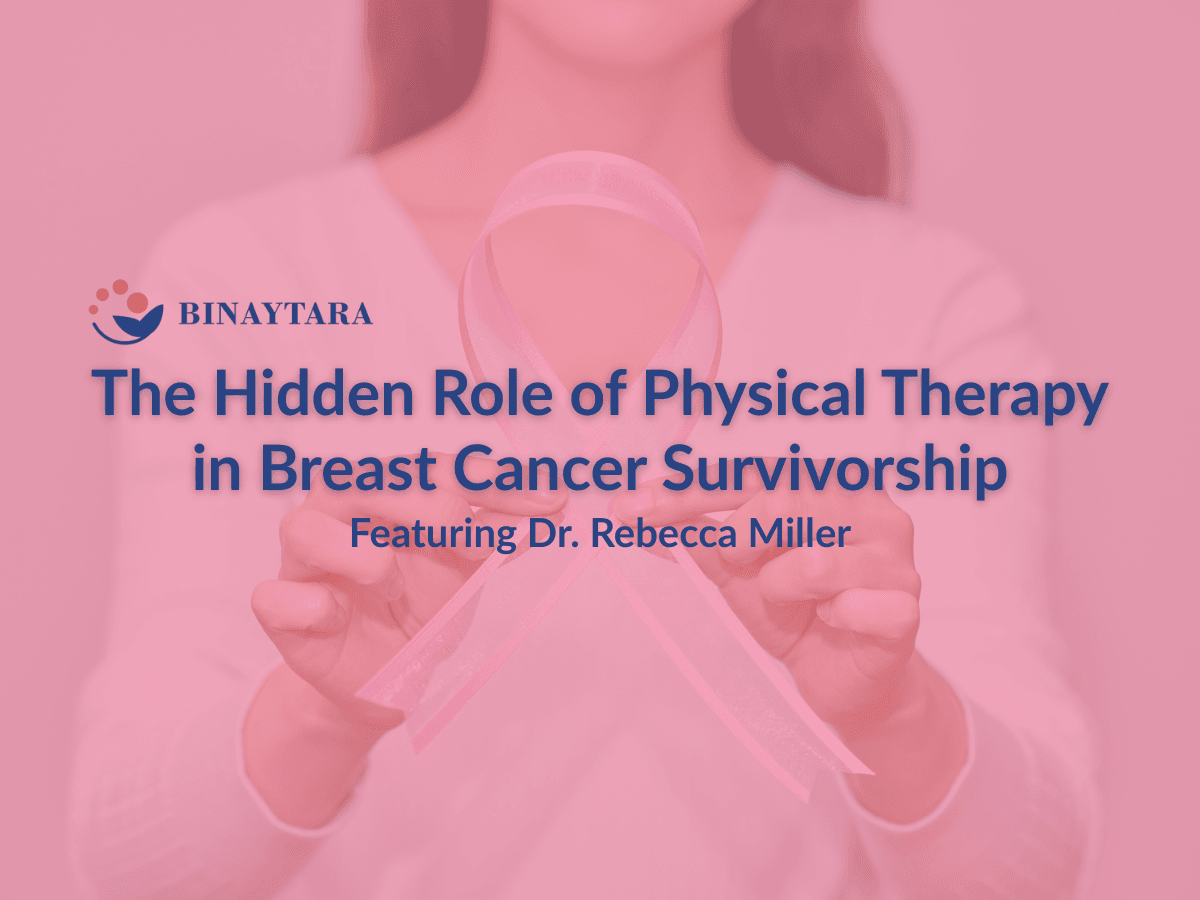
The Cancer News
AN AUTHORITATIVE RESOURCE FOR EVERYTHING ABOUT CANCER
Breast Cancer 101
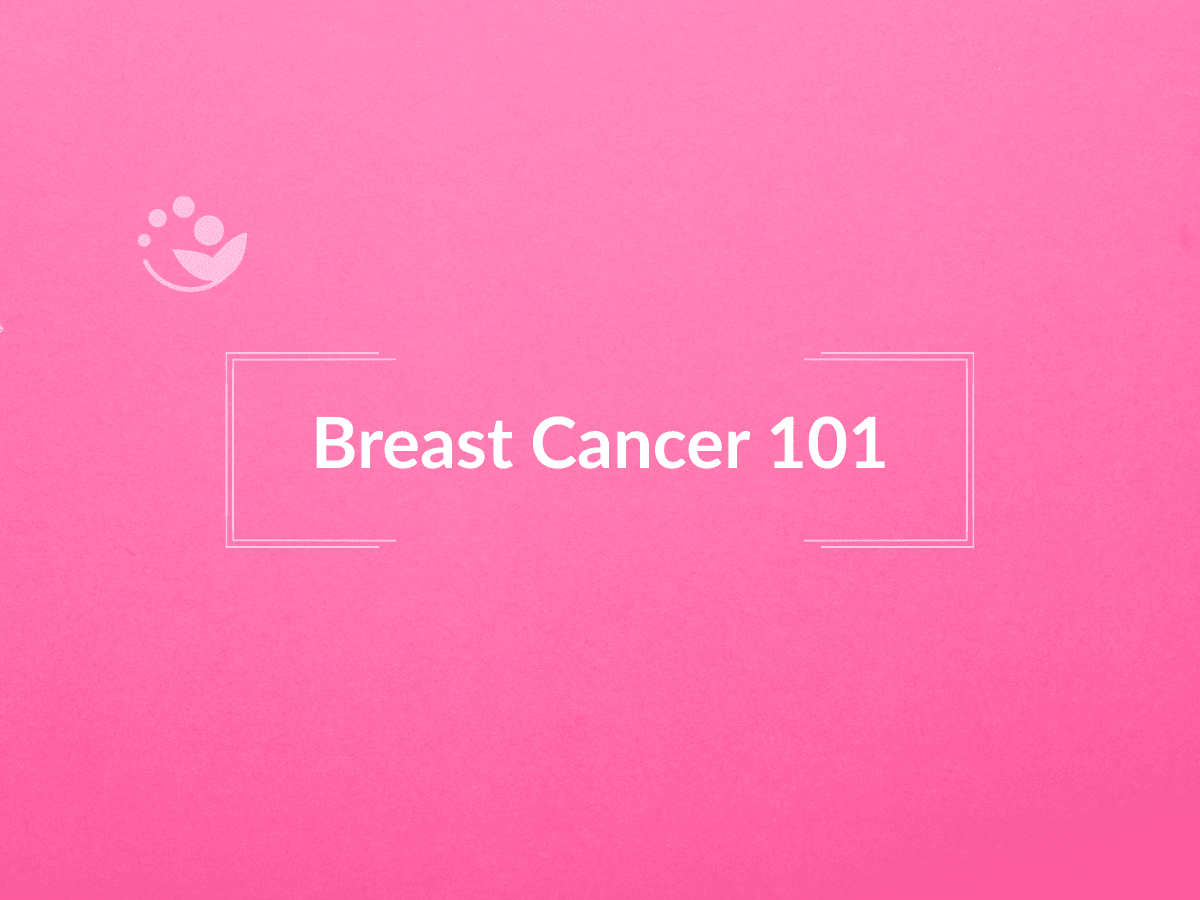
Introduction
Breast cancer is one of the most commonly diagnosed cancers and a leading cause of cancer-related death in women. Advances in screening and treatment over the past few decades have contributed to improved survival rates. Despite this progress, disparities in outcomes persist, influenced by factors such as race and geographic location. The sections below provide an overview of breast cancer, including types, incidence trends, and disparities, symptoms, prevention strategies, treatment options, and patient perspectives.
Breast Cancer Overview: What Is Breast Cancer?
Breast cancer is a complex disease with several subtypes that are classified by their unique biological profiles. Globally, breast cancer makes up about 33% of all cancers in women, with the death rate constituting 15% of diagnosed cases. Although rare, breast cancer can occur in men, affecting 0.5 to 1.8% of the male population.
High-income countries (HICs) typically have a higher number of cases than low- and middle-income countries (LMICs). However, death rates are higher in LMICs due to limited access to screening, diagnostic, and treatment resources. For example, central and sub-Saharan Africa, as well as South Asia, often experience higher death rates from breast cancer, with the number of cases increasing at over 5% per year in countries like Nigeria and Malawi.
What Causes Breast Cancer?
Breast cancer arises as a result of a complex interplay between genetic and environmental factors. This interaction drives the gradual transformation of cells from normal to cancerous, leading to uncontrolled growth. On the genetic side, mutations or DNA damage can occur in germline cells, meaning they can be passed down to children, or in somatic (body) cells. Examples of genes commonly associated with breast cancer germline mutations include BRCA1/2, CHEK2, PALB2, ATM, TP53 and others.
Long-term exposure to estrogen and reproductive history—such as late menopause, early menarche (first period), nulliparity (never having given birth to a live child)—have also been associated with elevated risk of breast cancer development. Lifestyle factors, including exposure to radiation to the chest area at young age, alcohol consumption, smoking, obesity, taking hormone pills such as oral contraceptives and/or hormone replacement therapy, and physical inactivity, are modifiable risk factors that correlate with increased breast cancer risk.
The crosstalk between genes and environmental factors overall influences the development of breast cancer. For example, studies have shown that diet, tobacco intake, and chemical exposures can affect the expression of genes that contribute to breast cancer risk. Collectively, genetic and environmental factors interact to shape an individual’s overall susceptibility to the disease.
Types of Breast Cancer
Breast cancer is divided into numerous histological and molecular types, each with distinct features. These classifications guide treatment decisions and prognosis.
Histological Types of Breast Cancer
1. Cancer of No Special Type (NST):
- Previously called invasive ductal carcinoma, NST comprises 70–80% of all invasive breast cancers. It displays significant diversity in cancer cell shapes and frequently forms tubular or glandular structures. Prognosis can vary, depending on grade and molecular features such as hormone receptor status and HER2.
2. Lobular Carcinoma:
- This accounts for about 10% of invasive cases. Tumor cells are usually small, uniform, and often arranged in single-file patterns. It often expresses estrogen and progesterone receptors (ER/PR), making it generally sensitive to hormonal therapy.
3. Tubular, Papillary, and Medullary Carcinomas:
- Tubular carcinoma features well-formed tubular structures and is highly responsive to hormonal therapy, with low recurrence risk. Papillary carcinomas often present within the ducts, and medullary carcinoma is notable for high-grade features but has favorable outcomes due to robust immune infiltration.
4. Mucinous (Colloid) Carcinoma:
- This is defined by clusters of tumor cells floating in pools of extracellular mucin. It generally has a good prognosis and often presents in older women.
5. Metaplastic, Apocrine, Sebaceous, and Other Rare Types:
- Metaplastic carcinoma exhibits differentiation into other cell types (e.g., squamous, spindle), often being triple-negative (lacking ER, PR, HER2). Apocrine carcinoma contains cells resembling sweat glands, usually with distinctive morphological features. Sebaceous carcinoma and other rare subtypes can present with specific patterns and variable outcomes.
Molecular Subtypes of Breast Cancer
1. Luminal A:
- This is characterized by high expression of estrogen receptors, low proliferation (Ki-67 index), and absence of HER2 overexpression. It typically grows slowly and is the least aggressive subtype. It responds well to endocrine therapy (tamoxifen, aromatase inhibitors). Associated with the best overall prognosis.
2. Luminal B:
- Also estrogen receptor-positive but with a higher Ki-67 proliferation index and may express HER2. It is more aggressive than Luminal A and may require chemotherapy in addition to hormone therapy. Its prognosis is worse than Luminal A due to higher recurrence rates.
3. HER2-Positive (Non-Luminal):
- It is characterized by overexpression/amplification of HER2 and absence of ER/PR (sometimes present in Luminal B). It has a more aggressive clinical course, increased proliferation, and a higher likelihood of metastasis.
4. Basal-like / Triple-Negative Breast Cancer (TNBC):
- This breast cancer subtype lacks estrogen, progesterone, and HER2 receptors. It is typically high-grade, highly proliferative, and more common in younger women. It shows frequent recurrences and early metastasis, but may respond well to PARP inhibitors if associated with BRCA mutations, as well as evolving immunotherapies.
Other Special Molecular and Histological Subtypes
- These include variants identified by unique genetic profiles, such as metaplastic carcinoma, neuroendocrine tumors, and salivary gland-type malignancies. They are often rare and can present distinct therapeutic challenges or opportunities depending on molecular features.
Stages of Breast Cancer
Breast cancer is assigned a stage from 0 to IV (0 to 4) based on tumor size, lymph node involvement, and whether it has spread to other parts of the body.
Stage 0 Ductal Carcinoma in Situ (DCIS):
- This is a very early, noninvasive breast cancer found only in the breast ducts; it hasn’t spread into surrounding tissues. While DCIS itself isn't dangerous, it can develop into invasive cancer if left untreated.
Early Invasive Stages (1, 2a, 2b):
- The cancer has started to invade surrounding breast tissue but has not spread far.
Locally Advanced Stages (3a, 3b, 3c):
- The cancer has grown larger, spread into nearby breast tissue or the skin, and often into multiple lymph nodes, but not to distant organs.
Stage 4 (Metastatic):
- Breast cancer has spread to distant organs such as the bones, lungs, liver, or brain.
Breast Cancer Signs and Symptoms
Most breast cancer patients are asymptomatic, with lesions typically discovered during routine breast examination or screening mammography.
Symptoms (what patients notice):
- Palpable lump (noticed with increasing tumor size)
- Breast pain (occurs in 5% of cases)
- Skin changes such as redness or dimpling of the breast
- Open wound on the breast
- Nipple inversion
- Nipple discharge
- Swollen armpit glands
Signs (what clinicians observe during examination):
- Peau d'orange (orange peel-like skin appearance)
- Frank ulceration
- Axillary lymphadenopathy (enlarged lymph nodes in the armpit)
- Signs of distant metastasis
- Overlying skin changes
- Nipple discharge
- Edema (swelling)
- Ulceration
Breast Cancer Prevention and Early Detection
Early detection saves lives. When breast cancer is found early, a patient’s chances of survival are very high. The current American Cancer Society screening recommendations for women at average risk are:
-
Women ages 40–44: Have the option to start yearly mammograms.
-
Women ages 45–54: Should get yearly mammograms.
-
Women 55 and older: Can switch to mammograms every other year or continue yearly, as long as they are in good health and expected to live at least 10 more years.
A woman is considered average risk if she has no history of breast cancer, no strong family history, no known genetic mutation that increases risk, and has not had chest radiation before age 30. For women at high risk, the ACS recommends both a breast MRI and a mammogram every year if certain criteria are met.
Breast Cancer Early Detection Tools
1. What are Mammograms?
-
A mammogram is a medical imaging test that uses low-dose X-rays to detect breast cancer early. Studies have shown that women who have regular mammograms are more likely to have breast cancer detected earlier, more likely to avoid aggressive treatments, and more likely to be cured. The procedure takes about 15 minutes and involves standing in front of an X-ray machine with the breasts compressed between two plates for imaging. If a mammogram detects an abnormality, further tests such as a biopsy are typically recommended.
-
A typical mammographic screening examination involving 2 views of each breast (a total 4 mammograms) delivers a dose of between 3 and 5 mGy to the glandular tissue, Equivalent to the amount of radiation you get from flying from NY to CA. The radiation you are exposed to during a mammogram is well within safe ranges. A mammogram’s radiation dose equals about two months of background radiation (average woman). Background radiation is the average natural radiation yearly (from the soil, radon, UV rays, and other sources).
2. Breast MRI (Magnetic Resonance Imaging)
- A breast MRI takes detailed pictures of the breast using magnets and radio waves. It is mainly used for women at high risk of breast cancer and should be done every year along with a mammogram. Breast MRI is not recommended for women at average risk because it can miss some cancers that a mammogram would catch and may also show changes that turn out not to be cancer, leading to extra tests. Sometimes, doctors use breast MRI if a mammogram or ultrasound looks unclear, or after a cancer diagnosis, to see how far it has spread.
3. Breast Exam
- So far, research has not shown a clear benefit from regular breast exams, whether done by a doctor or by women themselves. Most breast cancers are found when women notice a lump during everyday activities like bathing or dressing. This makes it important to know how your breasts normally look and feel. Any change from normal should be reported to a healthcare provider right away.
Breast Cancer Treatment Options
Breast cancer treatment can vary depending on the stage of disease, tumor type, and patient preference. In general, breast cancer care is classified into three categories: early breast cancer, locally advanced breast cancer, and metastatic breast cancer.
1. Treatment for Early Breast Cancer
- Early breast cancer refers to tumors smaller than 5 cm that have not spread to the lymph nodes. Treatment options include surgery, possible chemotherapy, possible radiation, and possible endocrine therapy. Surgically, patients may choose breast-conserving surgery (such as lumpectomy or partial mastectomy) or a total mastectomy. Additional treatments are recommended based on the tumor type and stage. For example, patients with hormone-sensitive tumors may need endocrine therapy with or without chemotherapy, HER2-positive or triple-negative tumors larger than 1 cm often require chemotherapy, and those who undergo breast-conserving surgery usually receive radiation.
2. Treatment for Locally Advanced Breast Cancer (LABC)
- Locally advanced breast cancer refers to tumors larger than 5 cm that have spread to the breast skin and/or lymph nodes. Patients with LABC usually receive some form of neoadjuvant therapy, along with surgery and radiation. Surgery may involve removing just the tumor (breast-conserving surgery) or the entire breast (mastectomy), with lymph nodes checked or removed depending on whether the cancer has spread. Most of the patients need chemotherapy, radiation, or endocrine therapy (such as anti-estrogen or aromatase inhibitors) based on the tumor type and treatment response.
3. Treatment for Metastatic Breast Cancer
- Metastatic breast cancer, which has spread to other organs, is primarily managed with systemic therapy. Depending on the patient’s overall health and the tumor’s molecular profile, treatment options may include targeted therapy, immunotherapy, hormonal therapy, or chemotherapy. Palliative radiation can also be used to control the growth of the primary tumor and manage spread to the brain, bones, or lungs.
Survivorship: Life After Breast Cancer
Thanks to advances in screening and treatment, the number of breast cancer survivors has increased over the last 20 years. Survivors remain at risk of long-term side effects that may affect quality of life. Common issues include fatigue, insomnia, musculoskeletal pain, weight gain, sexual dysfunction, cognitive changes, hot flashes, and peripheral neuropathy. These problems may result from the combination of treatments received during care.
Wellness measures are important to manage treatment-related symptoms. For example, survivors should aim for at least 150 minutes of exercise per week, including both aerobic and resistance training. Studies show that being physically active before and after diagnosis improves fitness, physical function, and overall quality of life. Survivors should consult their doctor to tailor exercise type and intensity to their needs. Those who smoke or drink alcohol should be encouraged to reduce or stop. Because cancer can return, current guidelines recommend regular follow-up with physical exams, yearly mammograms, and additional tests as needed based on past or ongoing treatments.
Ask An Expert
Have questions about breast cancer? Submit them to connect with breast cancer specialists for evidence-based answers tailored to individual risk, values, and goals of care.
Share Your Story
Lived experiences help raise awareness and support others navigating screening, diagnosis, treatment decisions, and survivorship in prostate cancer communities. Interested in sharing your journey? Share your story here.
More Resources
Learn About Other Breast Cancer Patients’ Journeys
- Storytelling as Advocacy: A Breast Cancer Survivor’s Journey
- From Patient to Advocate: How One Woman's Breast Cancer Journey Created a Global Community
Continuing Medical Education
- OncoBlast-Best of Hematology and Breast Cancer II
- OncoBlast-Targeted Therapy in Breast Cancer: Integrating Precision Oncology Into Real-World Clinical Practice
- OncoBlast-Best of Hematology and Breast Cancer I
- OncoBlast-Breast Cancer Updates
Binaytara’s Efforts in Breast Cancer Care and Education
- Center for Women’s Cancer Access and Advocacy
- Baylor Breast Cancer Specialist Leading Houston's 2025 Oncology Conference While Advancing Prevention and Precision Medicine
- Cancer Healthcare Practitioners Convene in Des Moines to Educate on Latest Advancements in Hematology and Breast Cancer Treatment
- Dr. Darya Kizub – Improving Early Detection of Breast Cancer in Côte d’Ivoire, West Africa
Breast Cancer Advocacy Organizations
- Susan G. Komen
- National Breast Cancer Coalition (NBCC)
- Young Survival Coalition (YSC)
- Breast Cancer Action (BCAction)
- Living Beyond Breast Cancer
- The Metastatic Breast Cancer Alliance
- DiepCFoundation
Learn More About Breast Cancer Clinical Trials
References
- American Cancer Society. (2022, January 14). What is a breast MRI? In Early detection & diagnosis. American Cancer Society. https://www.cancer.org/cancer/types/breast-cancer/screening-tests-and-early-detection/breast-mri-scans.html
- Bai, J., Gao, Y., & Zhang, G. (2025). The treatment of breast cancer in the era of precision medicine. Cancer biology & medicine, 22(4), 322–347. https://doi.org/10.20892/j.issn.2095-3941.2024.0510
- Mayo Clinic Staff. (n.d.). Mammogram. Mayo Clinic. Retrieved from https://www.mayoclinic.org/tests-procedures/mammogram/about/pac-20384806
- Menon, G., Alkabban, F. M., & Ferguson, T. (2024, February 25). Breast cancer. In StatPearls. StatPearls Publishing. https://www.ncbi.nlm.nih.gov/books/NBK482286/
- Smolarz, B., Nowak, A. Z., & Romanowicz, H. (2022). Breast Cancer—Epidemiology, Classification, Pathogenesis and Treatment (Review of Literature). Cancers, 14(10), 2569.https://doi.org/10.3390/cancers14102569
- Soldato, D., Arecco, L., Agostinetto, E., Franzoi, M. A., Mariamidze, E., Begijanashvili, S., Brunetti, N., Spinaci, S., Solinas, C., Vaz-Luis, I., Di Meglio, A., & Lambertini, M. (2023). The Future of Breast Cancer Research in the Survivorship Field. Oncology and therapy, 11(2), 199–229. https://doi.org/10.1007/s40487-023-00225-8
- Tolentino-Rodriguez, L., Chkeir, M., Pofagi, V., Ahindu, I., Toniolo, J., Erazo, A., Preux, P. M., Blanquet, V., Vergonjeanne, M., & Parenté, A. (2025). Breast cancer characteristics in low- and middle-income countries: An umbrella review. Cancer epidemiology, 96, 102797. https://doi.org/10.1016/j.canep.2025.102797
- Trayes, K. P., & Cokenakes, S. E. H. (2021). Breast cancer treatment. American Family Physician, 104(2), 171-178. https://www.aafp.org/pubs/afp/issues/2021/0800/p171.html
- Xiong, X., Zheng, L. W., Ding, Y., Chen, Y. F., Cai, Y. W., Wang, L. P., Huang, L., Liu, C. C., Shao, Z. M., & Yu, K. D. (2025). Breast cancer: pathogenesis and treatments. Signal transduction and targeted therapy, 10(1), 49. https://doi.org/10.1038/s41392-024-02108-4
Medical Reviewer
Dr. Fengting Yan is a breast medical oncologist at the True Family Women’s Cancer Center, Swedish Cancer Institute in Seattle. Dr. Yan completed her fellowship in hematology/oncology at Fred Hutchinson Cancer Research Center and the University of Washington. Dr. Fengting Yan brings a rich background in translational research, women’s health education, and global clinical training. Dr. Yan's work focuses on identifying molecular targets and advancing therapies in women’s cancers. As Breast Oncology Section Editor for Binaytara's International Journal of Cancer Care and Delivery (IJCCD), Dr. Fengting Yan helps shape discourse at the intersection of research and patient care. Dr. Yan is a member of the Binaytara Education Committee.
About The Cancer News’ “Cancer 101 Series”
The Cancer News is an independent media platform operated by Binaytara, a global oncology nonprofit dedicated to improving access to cancer care, enhancing continuing medical education, and fostering the implementation of scientific research in hematology and oncology. Our Cancer 101 series is an initiative designed to empower patients and reduce cancer health disparities through patient-friendly education reviewed by oncology experts across the United States.
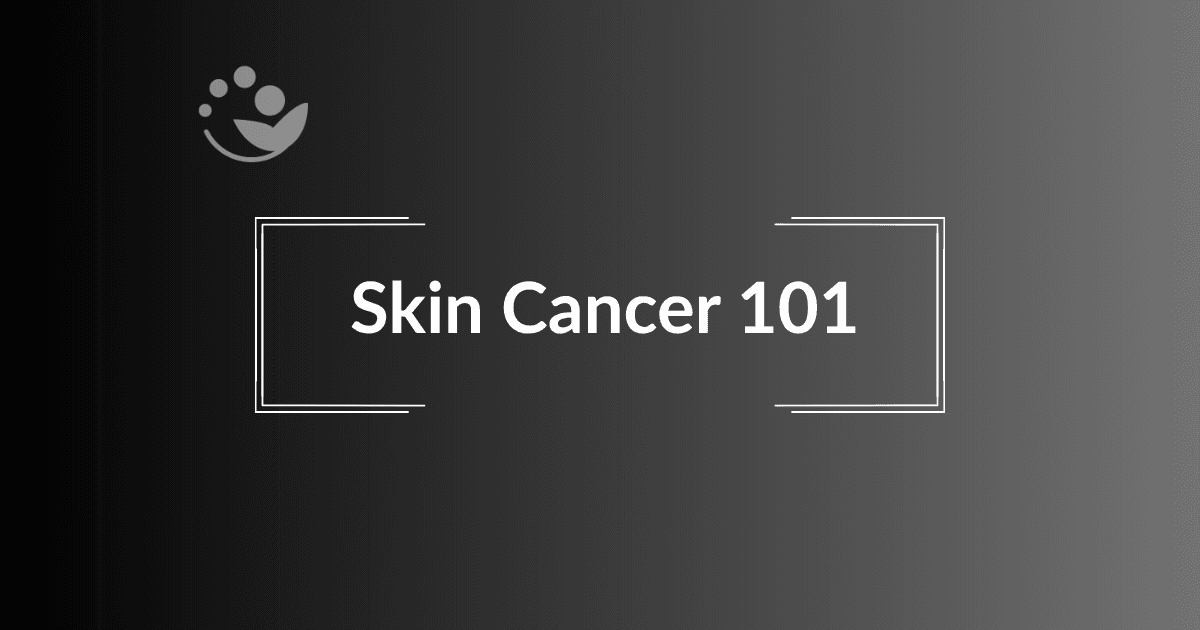
Skin Cancer 101
2025-08-22
Share Article

